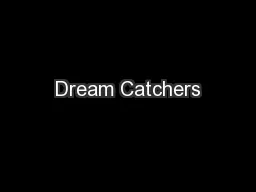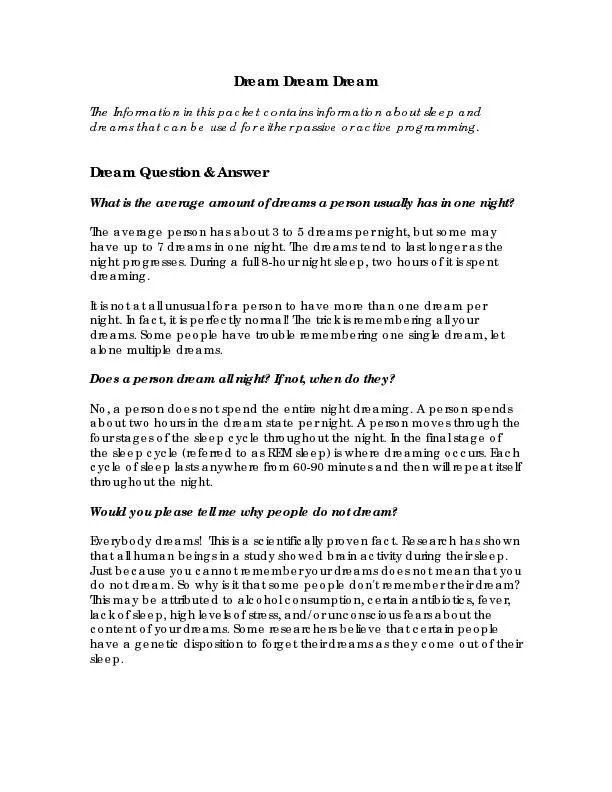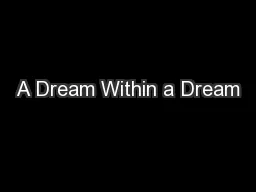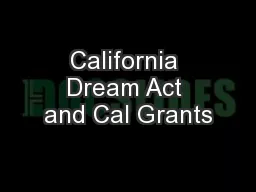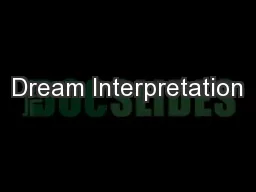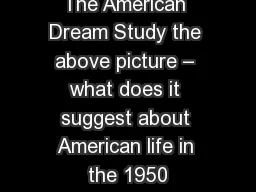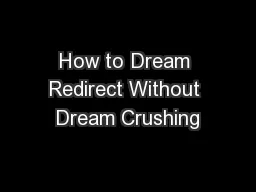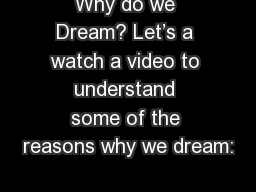PPT-Dream BIG Aim HIGH
Author : giovanna-bartolotta | Published Date : 2019-12-14
Dream BIG Aim HIGH NO Excuses Success often comes to those who have the aptitude to see way down the road Laing Burns Jr ACT Math Quick Facts 60 minutes to answer
Presentation Embed Code
Download Presentation
Download Presentation The PPT/PDF document "Dream BIG Aim HIGH" is the property of its rightful owner. Permission is granted to download and print the materials on this website for personal, non-commercial use only, and to display it on your personal computer provided you do not modify the materials and that you retain all copyright notices contained in the materials. By downloading content from our website, you accept the terms of this agreement.
Dream BIG Aim HIGH: Transcript
Download Rules Of Document
"Dream BIG Aim HIGH"The content belongs to its owner. You may download and print it for personal use, without modification, and keep all copyright notices. By downloading, you agree to these terms.
Related Documents



